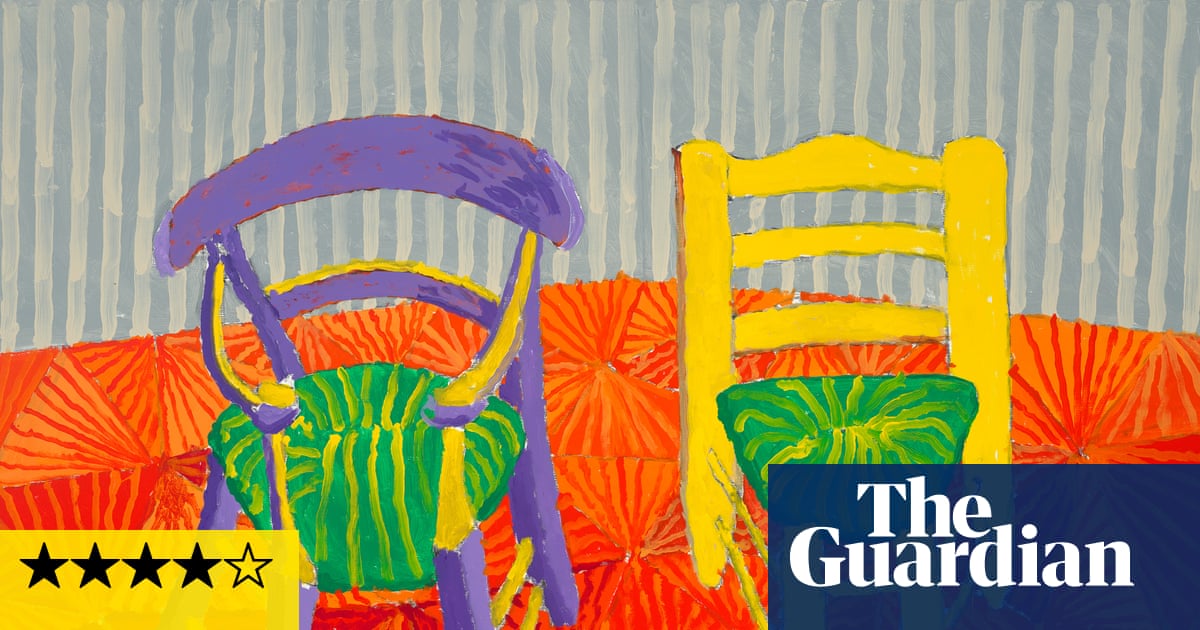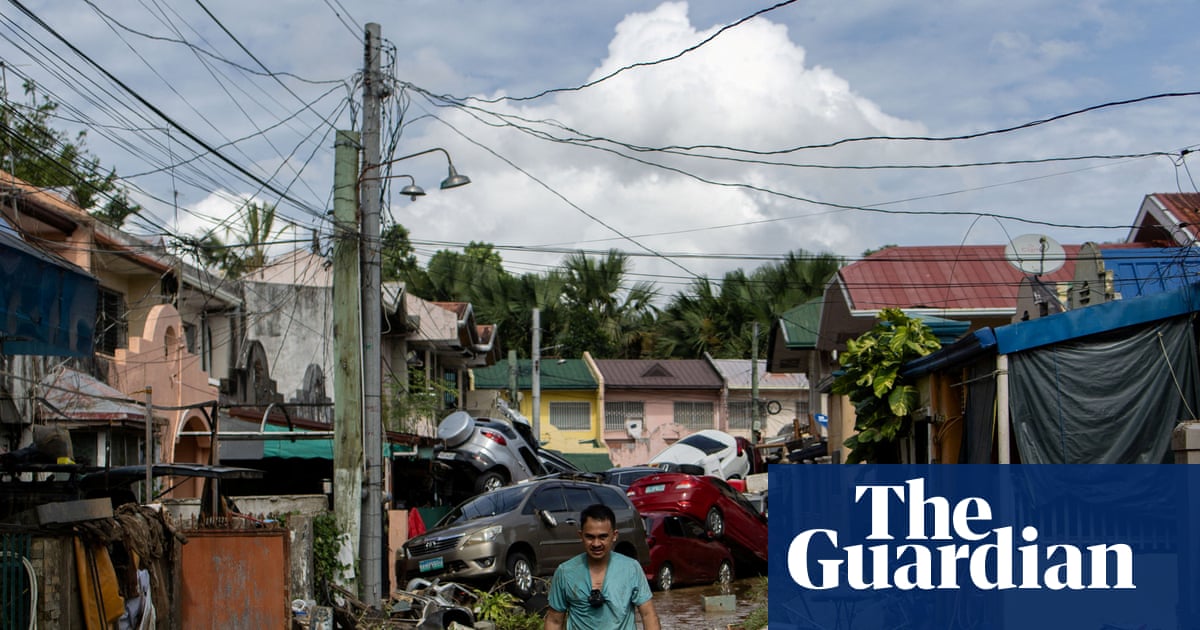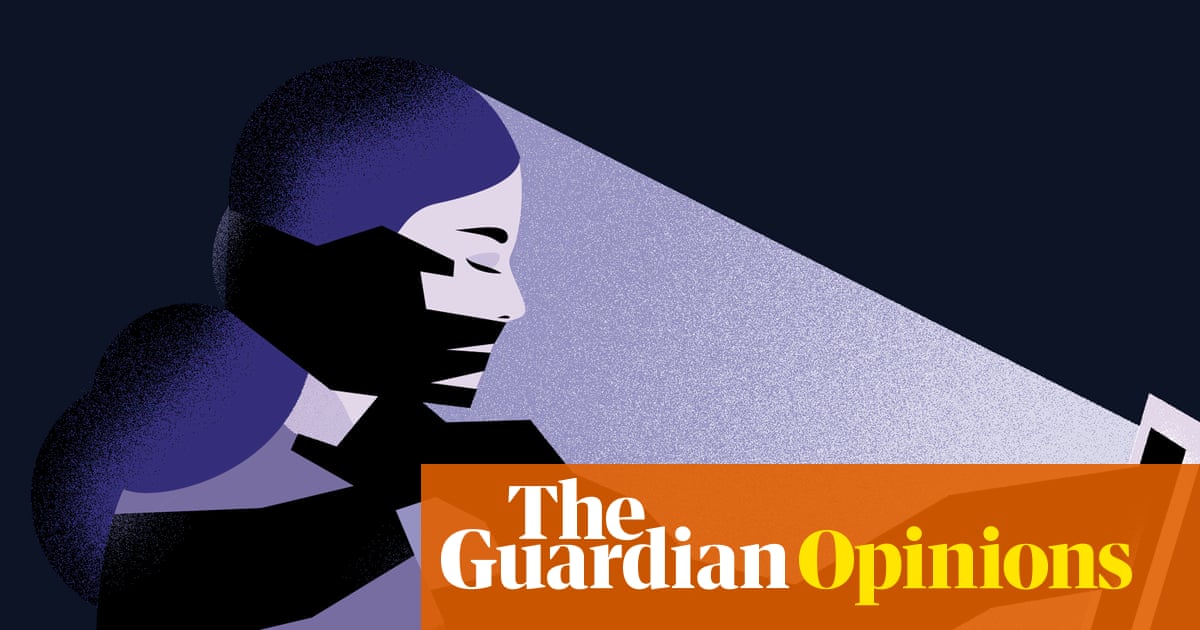Not long after the novelist Kiran Desai published her second book, The Inheritance of Loss, which won the Booker prize in 2006, she began working on her third. The title, The Loneliness of Sonia and Sunny, came to her quickly, and she knew she wanted to write a “modern-day romance that wasn’t necessarily romantic”, one as much concerned with the forces that keep us apart – class, race, nationality, family history – as those that bind us. Writing the book itself took almost two decades.
One problem with devoting so many years to one book is that people worry for your welfare, Desai says with a laugh. “People begin to wonder what’s wrong. Are you really working on something?” One neighbour – who observed how Desai would rise early each morning to write, eat her breakfast and lunch at her desk, take a short break to do her food shop or housework and then write until as late as she could manage in the evenings – attempted an intervention. “You need to come out of your house,” he told her. “You will go crazy writing a book! This is no way to live!” Her 90-year-old uncle observed, with affection, that she was starting to look “like a kind of derelict”, which she acknowledges was true. “It was becoming absurd!” And yet Desai says she loved living this way, in complete service to her writing.
At times she sounds mystified by why the writing took so long. The book runs to almost 700 pages, “but then I also have to think there are authors who write books this long several times over. Look at Hilary Mantel or Dickens or Tolstoy.” Perhaps, she muses, “I was just writing this book over and over, and letting it take different forms.” By around 2013 her notes had swelled to 5,000 pages, and she puzzled over which strands she should extract and weave into a story. How far back in time should she travel, and how far forward? How far outwards should she expand from Sonia and Sunny to explore the lives of their friends and relatives?
Even when these questions felt unresolvable, she kept working. “It was just a stubbornness that I cannot explain,” she says. “I become very determined and very stubborn and not very nice if I am kept away from my writing.” She feels “lucky” that she was able to work with such intensity, because she does not have to fit her writing around children or family life. In the year or two after her Booker win she felt a sense of pressure, but over time “that self-consciousness fell away”, she says, “and I was just living in a very isolated way and working”. She phones her mother daily and visits her often in upstate New York, and she would see friends a few times a week. But mostly, for decades, she wrote alone at home in New York or on long trips to Mexico.
“There have been times in my life when I have been very, very solitary,” she says. So solitary that her social identity appeared to dissolve. “I didn’t think of myself as a person, particularly. I didn’t think of myself as being from somewhere. I didn’t think of myself as a woman, particularly, because I was so alone and what does it mean, without context?”
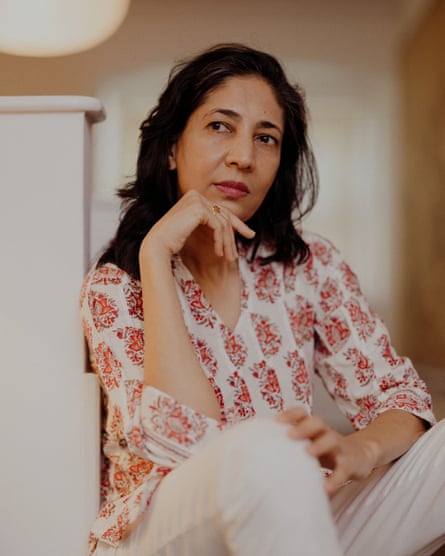
We meet at her home on a quiet street in Queens, where she migrates daily from her kitchen table to an upstairs desk to catch the best light. Copies of the UK editions of her book have recently been delivered and remain in a box at her front door. Even now, she finds herself thinking: “I really could have done it this way, if I had just taken that out and put it somewhere else … ”
Desai was 35 when she won the Booker – making her, at the time, the youngest woman to win – and now she is 54. She is slim, elegantly dressed in a pale pink linen tunic and dark pink trousers, a grey stripe running through her hair, and has a gentle, precise manner of speaking. To finish the book felt “anticlimactic”, she says, “because it’s ordinary life now, after living in a completely artistic world”. She doesn’t quite know what to do with herself.
The Loneliness of Sonia and Sunny, like her previous novel, is an epic, multistranded, sometimes darkly humorous family saga that takes on big political and philosophical themes. Sonia and Sunny are both Indian writers who moved to the US as students and whose paths first cross when Sonia’s family send Sunny a marriage proposal. The proposal goes nowhere, because Sunny is dating an American woman and has no interest in old-fashioned customs. Sonia herself is in thrall to Ilan de Toorjen Foss, a needy, abusive, much older artist.
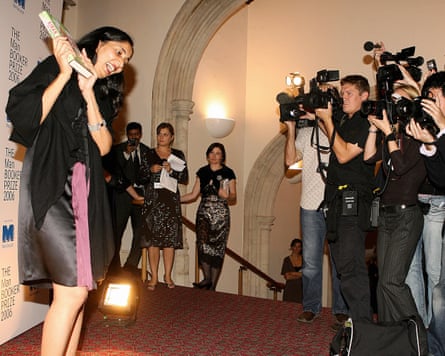
Many of the “loving” relationships in this novel, whether romantic or familial, are destructive, uneven, constrictive. The characters turn to art as a salve and means of escape from their difficult or disappointing lives, but art is also another source of exploitation. Ilan is a thief and a parasite, who profits from the suffering of others. He, in turn, gives himself entirely over to his art. “If you are a good artist … you give more of your life to art, you begin to subtract your life so it becomes such an emptiness that you dare not look upon it,” he tells Sonia. Does Desai ever feel that way about herself? “I do feel that I made that exchange,” she says. “I don’t regret it but … it did displace my life. Or maybe I just filled it up.”
Desai says she has always “lived in her head”, but growing up in Delhi, the youngest of four siblings, she was never alone. Her father worked for an oil company, and her mother was expected to support him, which meant putting on a beautiful silk sari every evening and either hosting or attending a party. Desai speaks with admiration of her mother’s resourcefulness, how she nonetheless found the time and confidence to write, and managed to fill the family bookshelves with hard‑to-find books. Anita Desai was nominated for the Booker three times, but the children understood her fame “sort of backwards”, only when their mother’s glamorous foreign-language translators began coming to stay. “It opened up the door to the world and eventually she stepped through it and left, and took me with her,” Desai says. When she was a teenager, her mother was offered a fellowship at Cambridge and Desai, the only child still at home, went to the UK with her.
“It was scary to me, because I had never left India,” Desai recalls. She found it “startling” to witness the vast power divide between the two nations, something for which her voracious reading of British children’s classics did not prepare her. “I could not put it together with Paddington Bear and The Wind in the Willows and all kinds of other books I read early on that were so strange,” she says. In the end, the book that best helped her understand her immigrant experience was VS Naipaul’s The Enigma of Arrival.
A year after moving to Cambridge, she and her mother emigrated to Amherst, Massachusetts, and Desai enrolled in a US high school. “I have to say that in comparison to India the American system of education seemed so unbelievably easy, you just got smiley faces and encouragement,” she jokes.
She went on to Bennington, a liberal arts college in Vermont, where she took her first creative writing class. “I remember just being so happy, the first story I wrote,” she says. It was called Hair Oil, about a man obsessed with his hair; the next was about a snooty civil servant sent to rural India. “Very odd,” she says, laughing. “I don’t know why I was writing those stories.” She also began working on her first book, Hullabaloo in the Guava Orchard, which was published in 1998, a satire about a young man who goes to live in a guava tree and is mistaken for a holy man.
Shortly after, Desai completed an MFA at Columbia University in New York. She found that one downside to studying creative writing is that when your work is regularly read by a group it “makes you very, very self-conscious – and you need to lose that to be able to write well”. Afterwards she did not join writers’ groups and she wrote The Inheritance of Loss the “old-fashioned way”, alone, over seven years. Her mother is always her first reader, because she understands instinctively what her daughter is trying to achieve. “She knows the landscape I’m working from, so she understands what I am trying to do, even though it’s not yet on the page,” she says.
In Desai’s new novel, Sonia is working on a story that sounds very similar to Hullabaloo in the Guava Orchard, and she shows it to Ilan, who tells her to stop writing “orientalist nonsense” and to keep away from magical realism or subjects such as arranged marriages. “He’s uttering something that a lot of people say, and is a legitimate thing to say,” Desai explains. Like Sonia, she has grappled with the question of how India should be represented to a western readership, and she ultimately includes several arranged marriage plots and an element of magical realism in the novel.
As Sonia learns, there are no simple answers. In the novel, Sonia changes one of her stories so that the character eats an apple rather than a guava, rendering it less “exotic” to western readers but also less true, because apples are more expensive and less plentiful in India. “Most marriages in India are arranged, that is the truth of the matter. But should you not write about it because of the audience it’s going to be sold to? I think a lot of it comes down to: are you a good or a bad writer?”
Desai has been a New Yorker for more than 25 years, but until her father’s death in 2008 she visited India every year. Now that the family home has been sold (her parents were separated after she and her mother moved to the US), she visits less frequently, and she felt this novel might be her last chance to write about India. She wanted to take a snapshot of the country around the turn of the millennium, when Hindu nationalism began rising and dinner party conversations shifted in ways that alarmed Desai. “You would be in the living room with friends and suddenly something else was acceptable,” she remembers. When she visited India last winter, she was struck by the fear expressed by friends from religious minorities. “I did learn the lesson that when fear enters a nation that’s almost the end of it. And I never thought it would happen in the United States as well,” she says, but now she sees similar fear in her multicultural neighbourhood of Jackson Heights. “Underneath the subway tracks, before Trump was elected, it was very lively. People were selling arepas and tacos and skewers of food and religious charms and breads, and actually a lot of women soliciting prostitution,” she says. But now many of these enterprises have been shut down. “People are very scared,” she says, because of immigration raids.

Desai loves living in this diverse community, and at a healthy remove from the New York literary scene. She lives next to families from Ireland and Tibet, and until his recent death she used to often visit her nonagenarian Egyptian neighbour to drink coffee under his fig tree and hear stories of his upbringing in Alexandria – “so I wasn’t entirely solitary”, she concedes. We take a walk along a row of South American restaurants and grocery stores and phone shops and money exchanges until suddenly she stops and says, delighted: “Can you smell that? Curry!” Within one block, the culture of the street has shifted, completely, from South America to the Indian subcontinent. She points out the best kebab shops and we stop to admire the opulent, gem-encrusted, 24-carat gold wedding jewellery. A man hands us each a business card promoting a “World Famous Indian Astrologer” and Desai notices, amused, that as well as reuniting lovers and securing promotions, this man purports to solve the ambiguous “kids mistake” (sic). She shows me the tucked-away Tibetan dumpling shop that Sunny visits in the book, and the bank he frequents.
At 4.30pm, her mother phones, as is their tradition. Anita Desai is 88 and has had a few falls recently, and Desai, who of the four siblings lives closest and is her first port of call, was very worried about leaving her mother to go on book tours. She had inadvertently added to her anxiety by reading several books set in old people’s homes, including Mrs Palfrey at the Claremont by Elizabeth Taylor and Elizabeth Strout’s Olive, Again – the latter passed to her by her mother, who said: “You should read this, it’s terrifying!” Despite this, her mother, who is “thrilled” Desai’s novel is finished, has been urging her not to hold back on any travel plans.
The Loneliness of Sonia and Sunny has already been longlisted for the Booker prize, which Desai says feels like remarkable recognition. “I feel relieved, as if I have averted some nebulous disaster, and very lucky,” she says. She is not yet ready or able to start a new project but already knows that whatever comes next for her, it cannot be quite as ambitious in scope. “I could never do it again, it would not be strategically smart,” she says. “This feels like the big book of my life in that way. I don’t have time to do it again.”

 1 month ago
34
1 month ago
34







